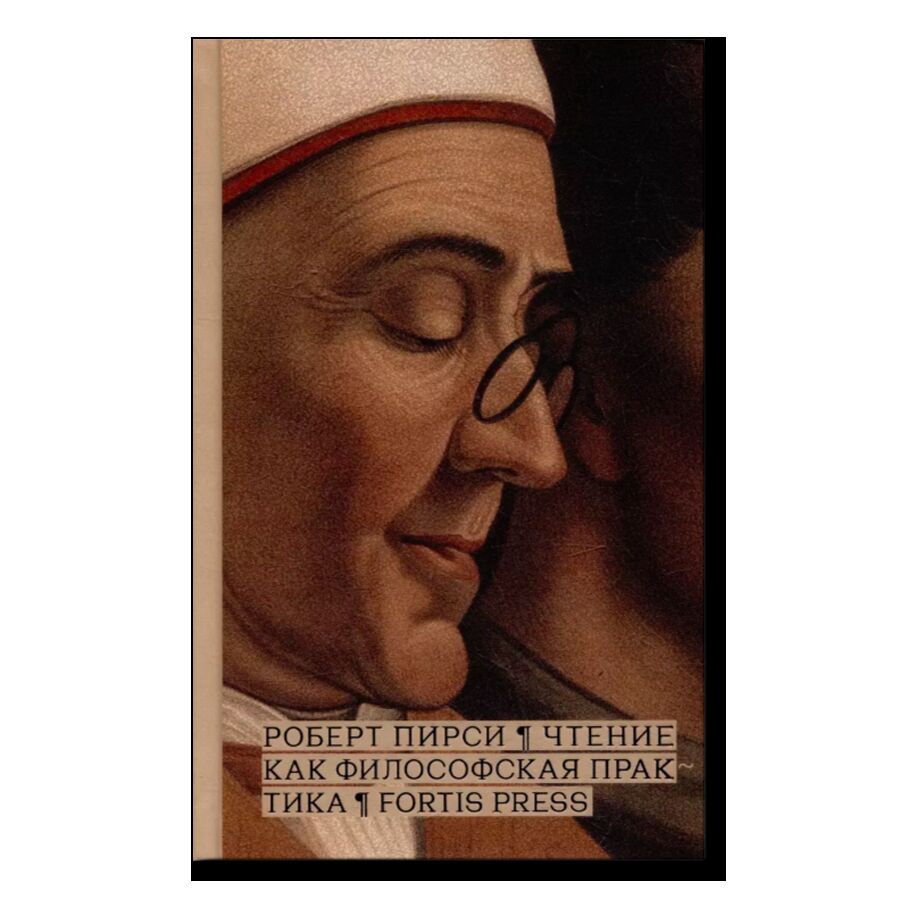How to Live Together
- Year: 2016
- Language: Russian
- Publisher: Ad Marginem
- ISBN: 9785911032982
- Page: 272
- Cover: paperback
- About the Book
In 1977, Roland Barthes taught a course of lectures at the Collège de France dedicated to the theme of human relationships, their various forms and social models. How to Live Together: Novelistic Simulations of Some Everyday Spaces is the first publication of archival notes by Barthes for his eponymous course.
“We possess archives of two types—sound and written archives. From one hand, these are lectures recorded on tape, and from the other hand, the “lecture notes” which Barthes used. <…> Here we offer the written archive to the reader. The sound archive was prepared separately for the edition and is available in MP3 audio-format,” Eric Marti writes in the introduction. The book is first of all meant for the professional audience and provides a large number of appendix materials—abstract of the course by Barthes himself, introduction and notes by Claude Coste, bibliography, indexes of names and events, as well as a glossary of Greek terms.
In its structure, the book presents a sequence of notes made during the process of preparation for the lectures, divided into separate mini-chapters and not meant for publishing. Thus we have a sketchy style, abundance of signs, abbreviations, and thesis-like judgments. The semantic units from which the text is built Barthes calls traits, or, according to the traditional translation into Russian, “figures.” In comparison with the chapter or other complete form, trait is “only a first step, a sketch of thought, sometimes only of a descriptive character. Every trait, every problem implies incompleteness—to stimulate personal thinking activity of the listeners,” Coste writes. These “figures” are not structured as a narration but put in the conditional—alphabetic—order.
Thematically, Barthes continues his contemplation which he began at the École pratique des hautes études, and which later became a book A Lover's Discourse: Fragments. One of the key concepts introduced in the course at the Collège de France becomes the idiorrhythmie—according to Barthes, “a form of living together which does not exclude individual freedom.” Analyzing this phenomenon, he refers to the history of oriental monasteries, their rules and social relationships. Barthes also uses the fiction by Thomas Mann, André Gide, Émile Zola, Daniel Defoe, and often refers to Proust to explore these ideas further.
As always for Barthes, social is inseparable from ethical, and in Nietzsche's opposition of Method and Culture he chooses the latter. In other words, both the course and the notes do not make a student’s book on the history of human communities, but present a free-style contemplation about the phenomena connected to, in Barthes’s terminology, the concept of Living-Together: “I lay out the figures in a lecture hall instead of mixing them at home at my desk. The only difference is that we do not see the whole picture here: the best scenario is that you’ll have to paint it yourself.”





